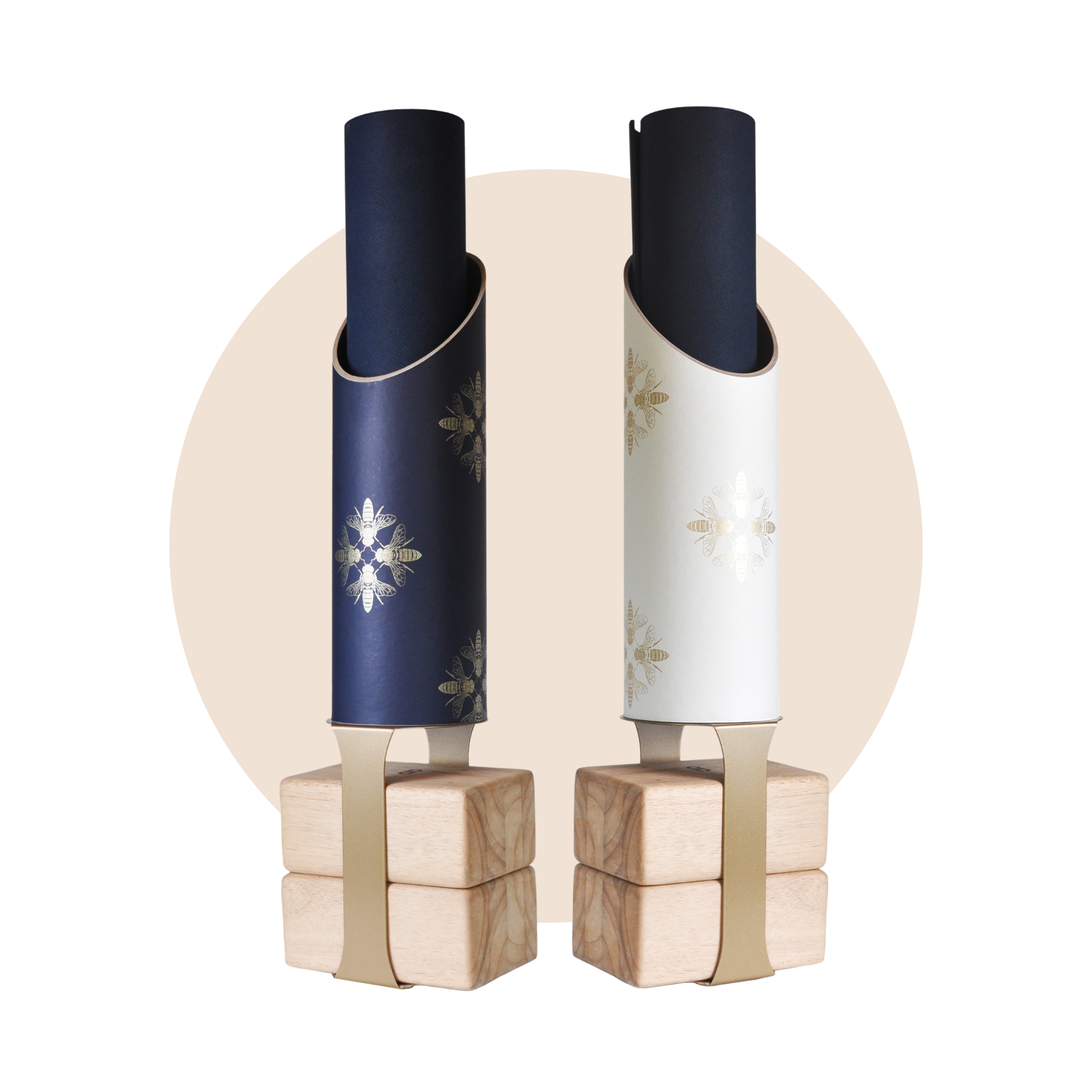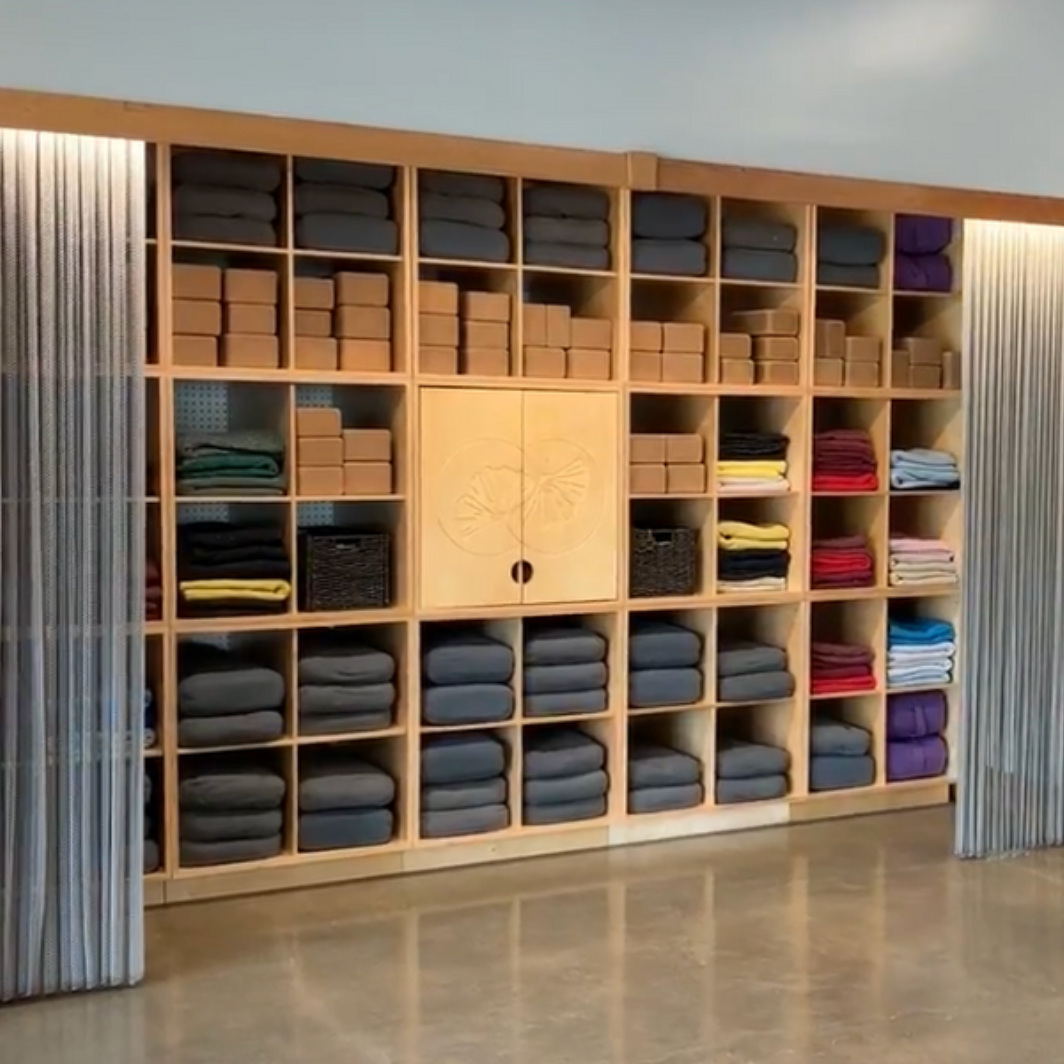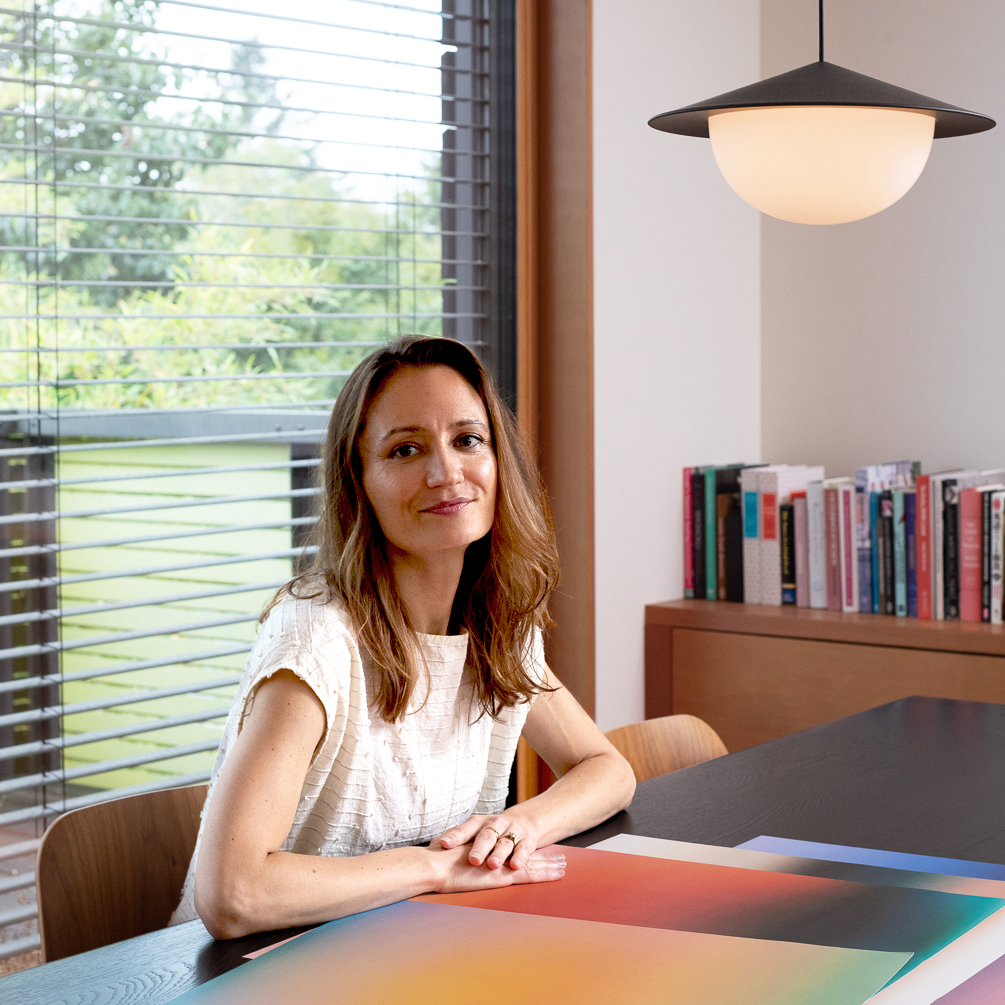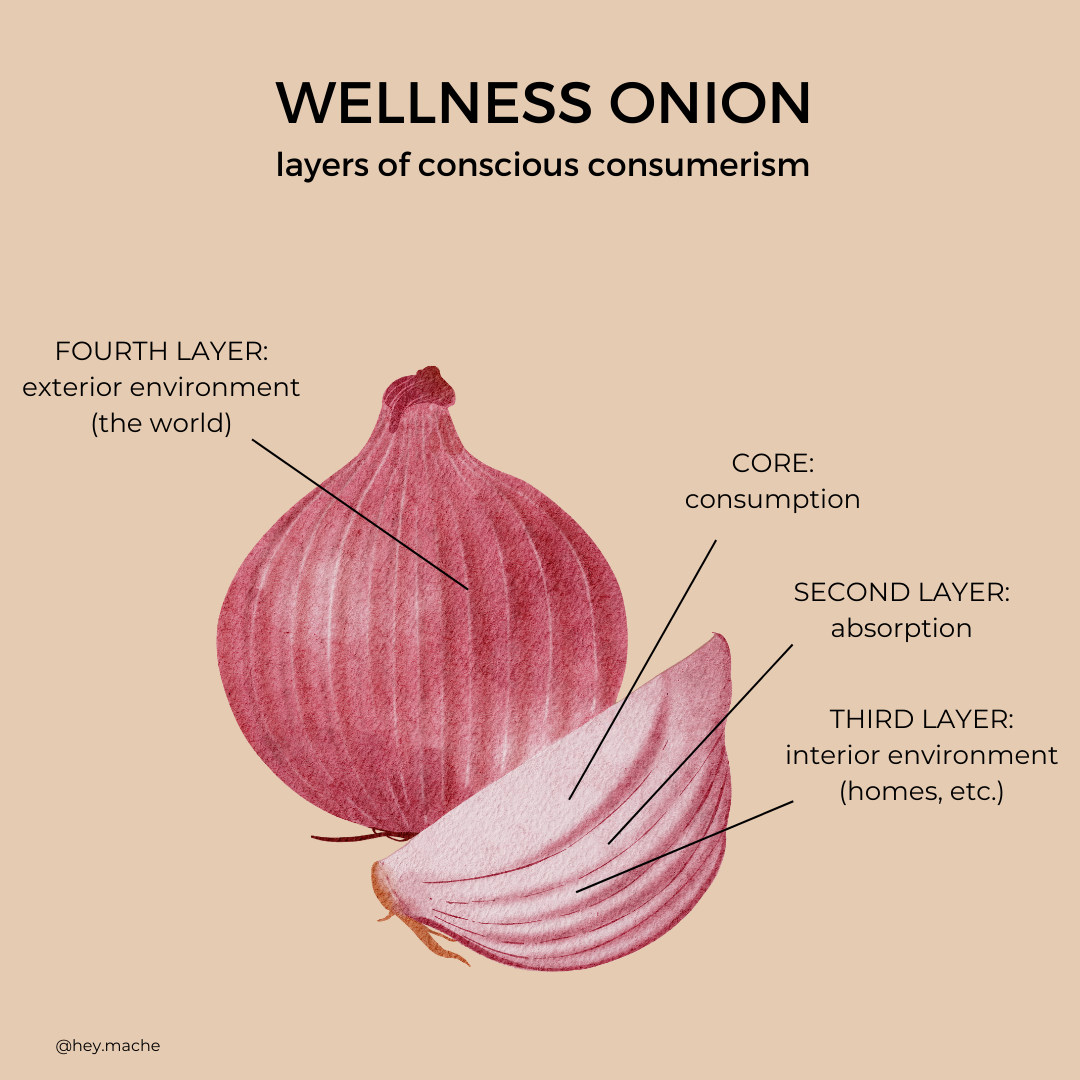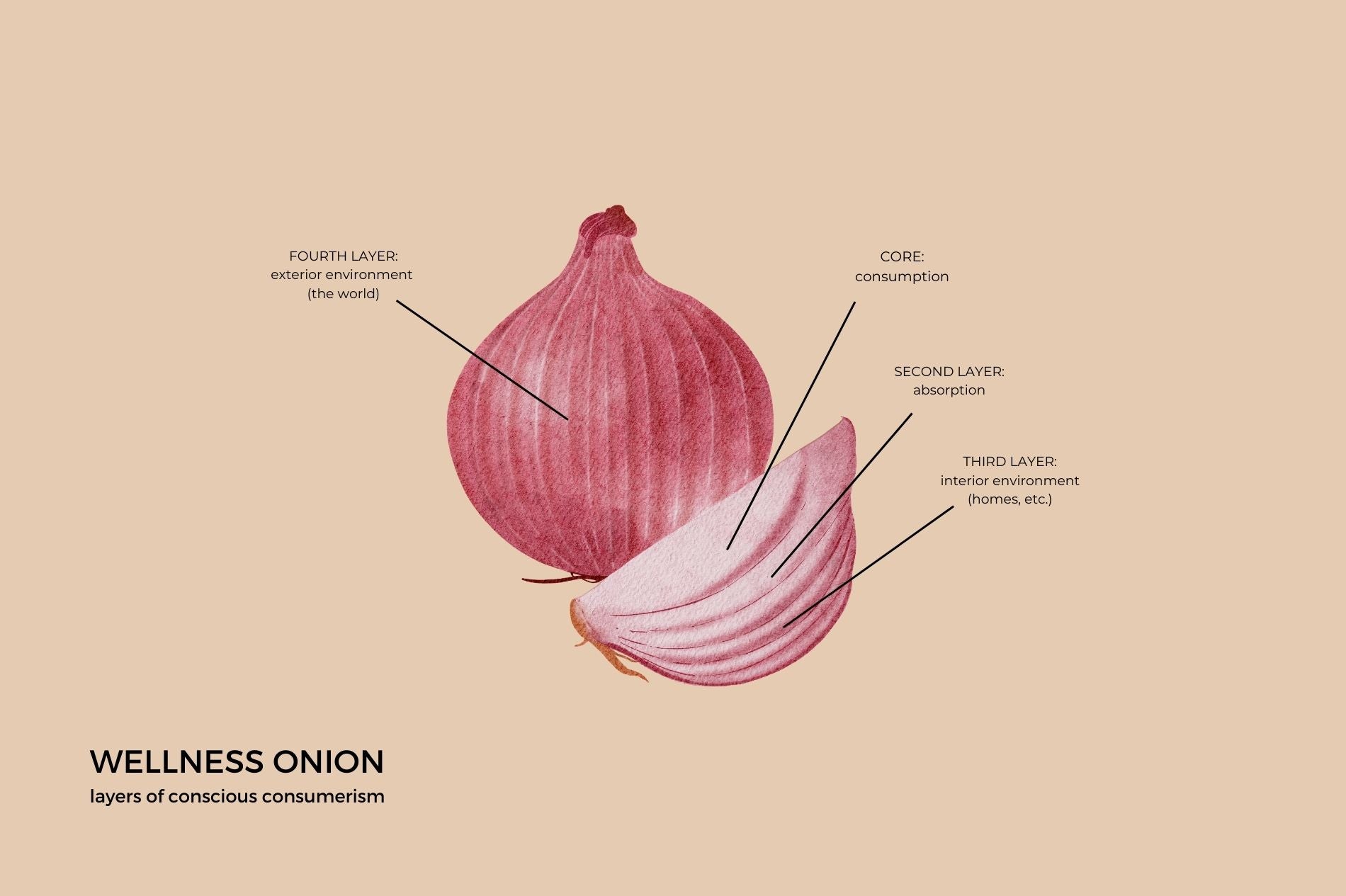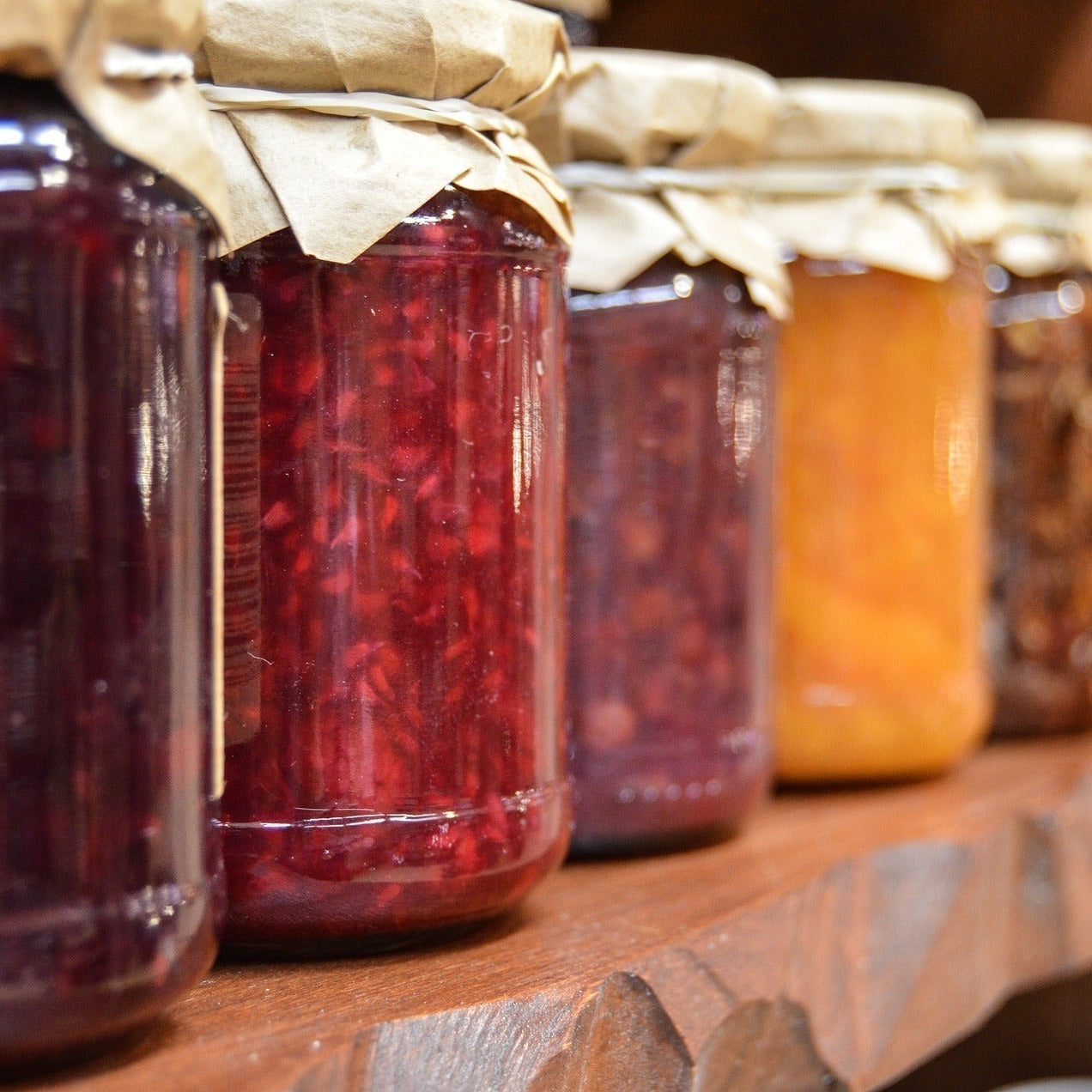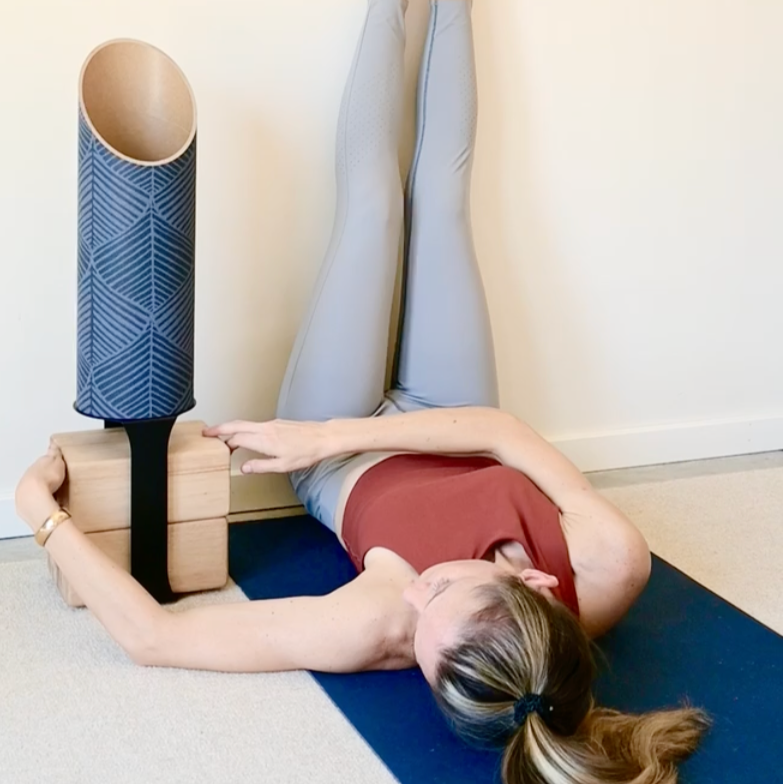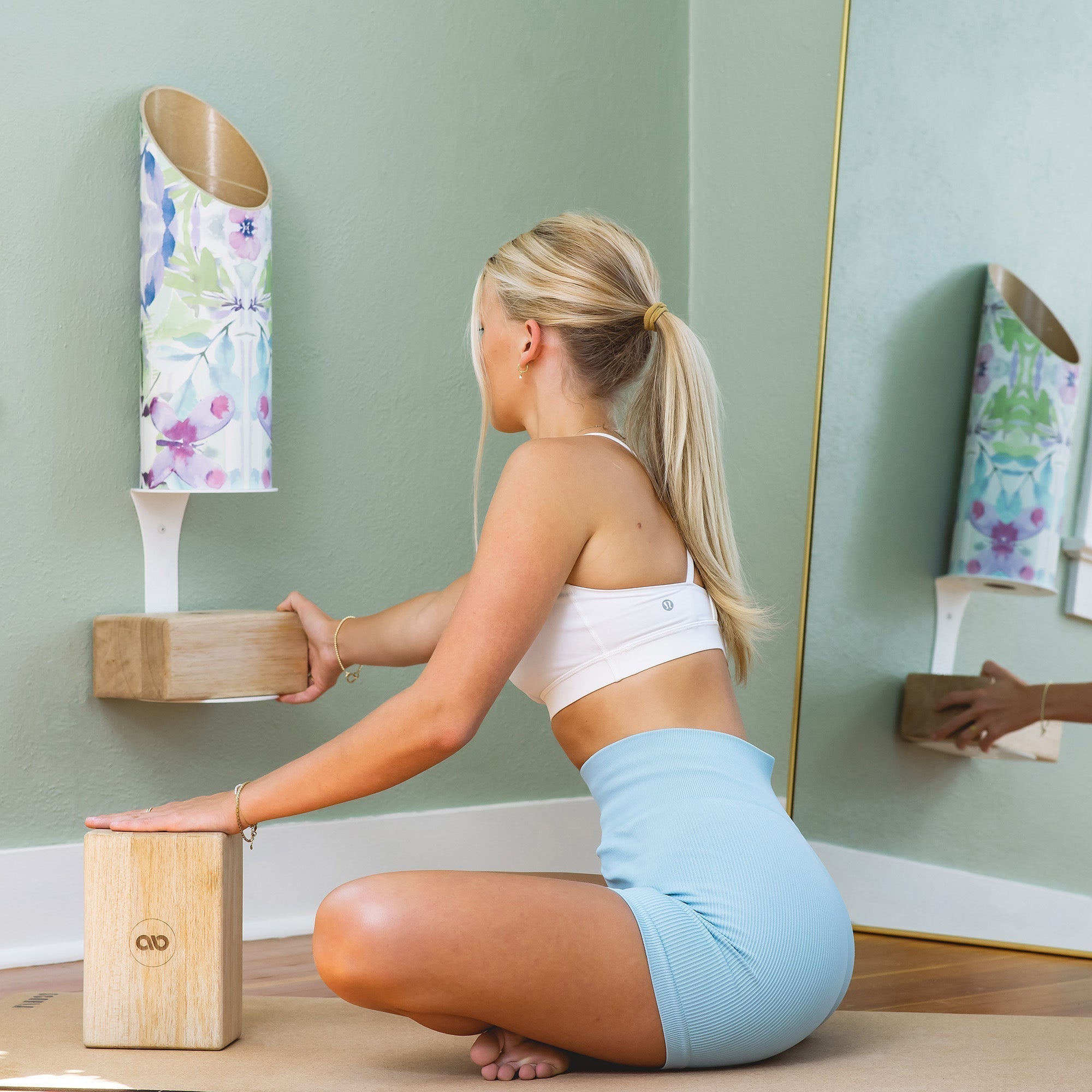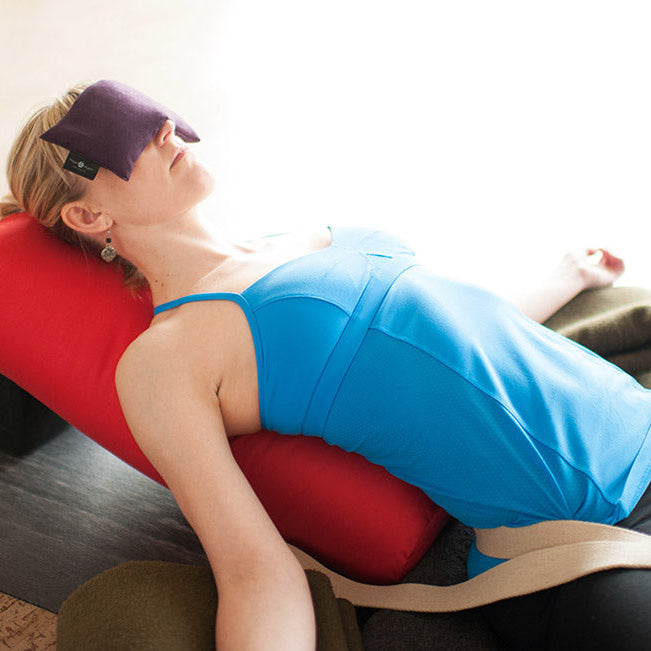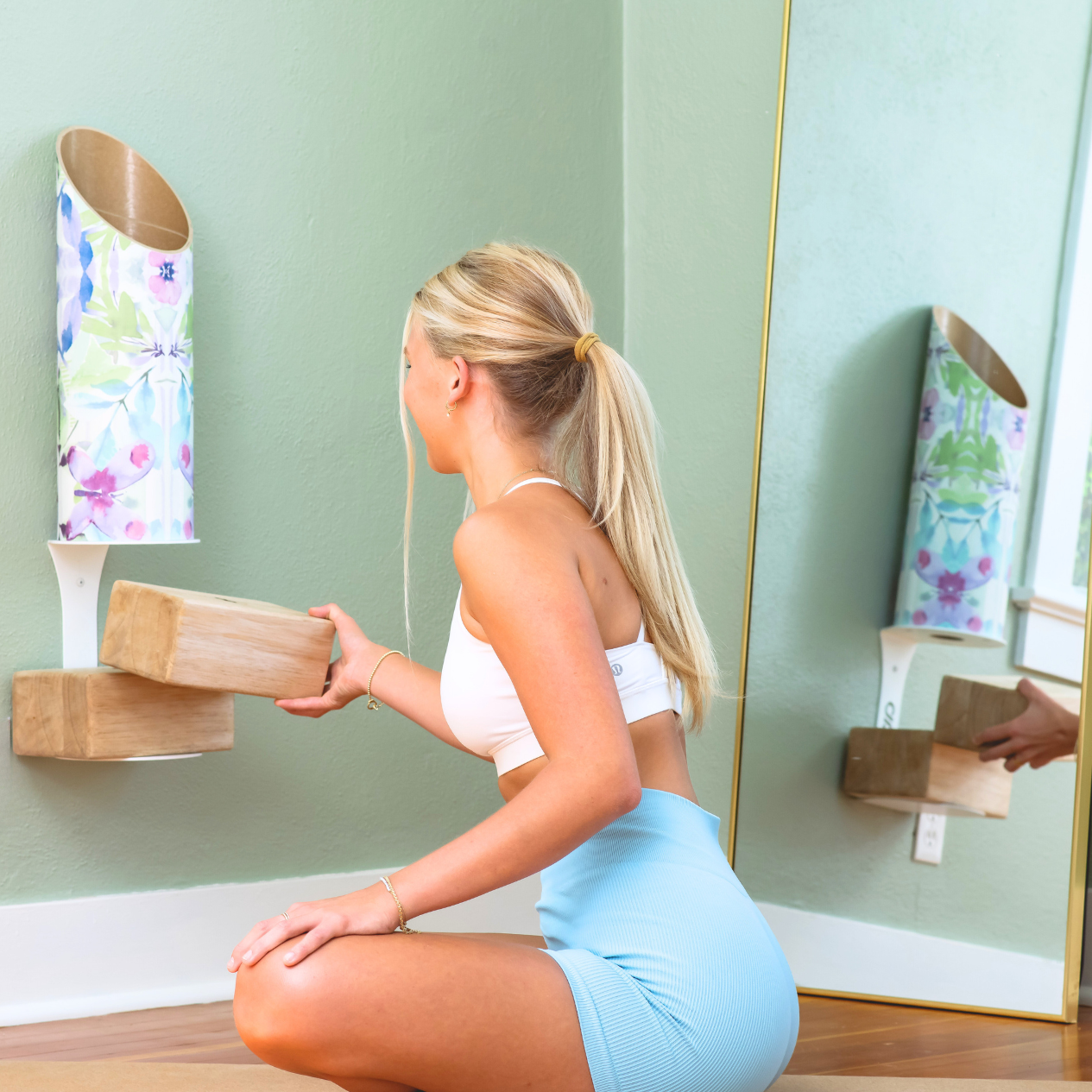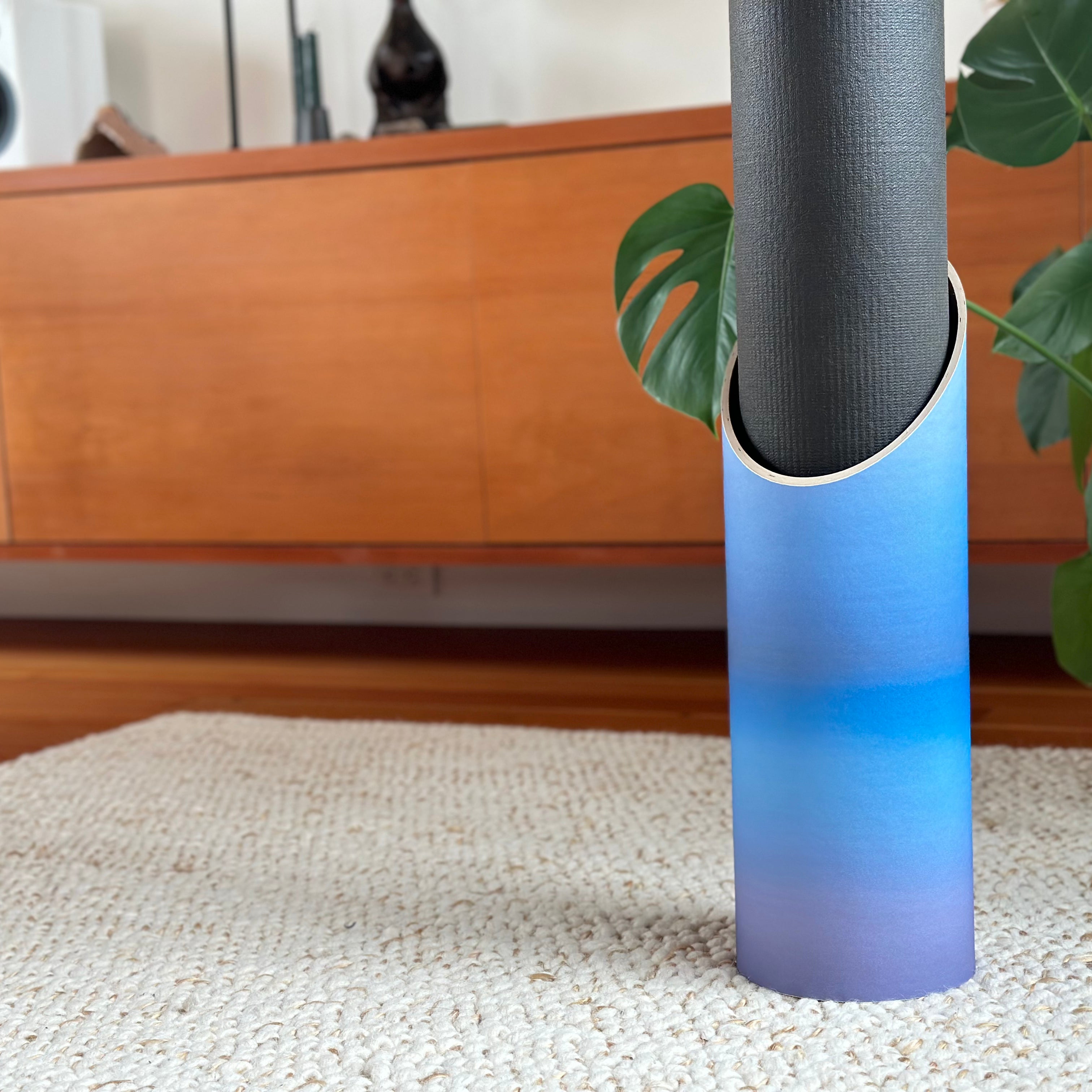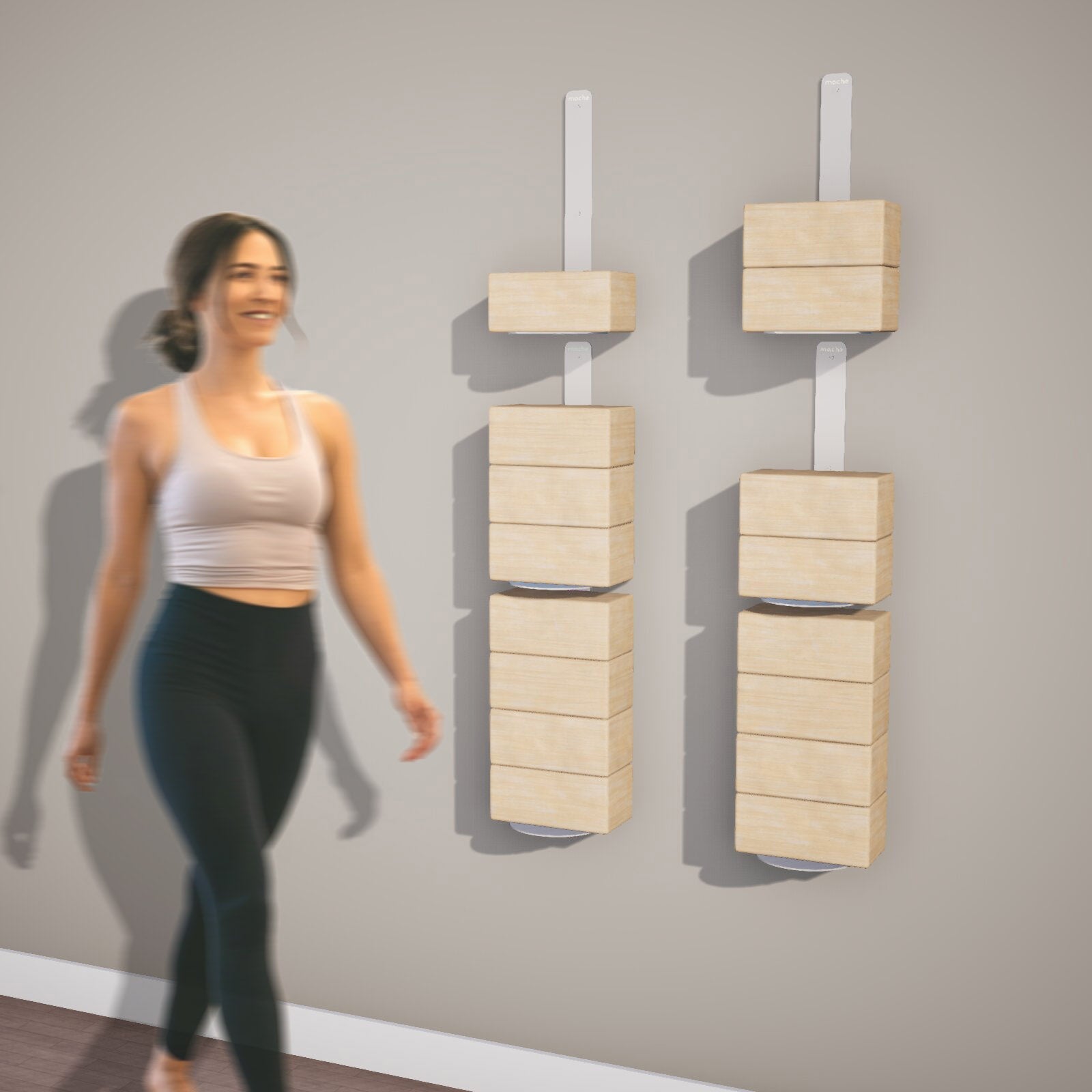The health and wellness movement has been underway for quite some time, and its impact in the home has been undeniable, especially since the pandemic forced shelter-in-place lockdowns. Concurrently, home design trends have been moving away from plastic-laden and toxin-filled materials, furnishings, finishes, and home decor towards natural, health-focused, and sustainable interior finish materials and products. As a counterbalance to the stress and chaos of a world in conflict, people are consciously investing in design and products that support peace, health and wellness at home.
Not only do today's interior spaces, furnishings and artwork need to be aesthetically pleasing, they also need to provide value to their inhabitants beyond being functional and easy on the eyes. People are looking for interior design and products they can stand behind, made by companies that share their values and ethics. Today, and into the foreseeable future, people are leaning toward supporting authentic, mission-driven companies. Fortunately for all, the days are numbered for "unconscious consumerism" in the interior design space. Whether buying home goods as a consumer, or specifying products as a designer, the interior design industry is starting to consider health and sustainability as a primary factor in the design process.
I see this movement as a reflection of a larger societal shift towards conscious consumerism, an unfolding and layered evolution that I refer to as the "Wellness Onion".

The First Layer (consumption)
Most people begin their health journey at the core of their beings, usually when something goes haywire, physically or mentally; anxiety, panic attacks, out of balance sugar or hormone levels, thyroid problems, sleep issues, plus innumerable auto-immune disorders, just to name a few common ailments that plague humans in the modern world.
This is the point when we might ask ourselves, "What have I been ingesting? Is coffee the best way to fuel me through the afternoon slump? What are the ingredients in this food? How do I feel when I consume it, or too much of it?" We start to look at nutrition labels in the grocery store, becoming ever more conscious of what we consume and how it directly impacts our everyday sense of wellbeing. We start to educate ourselves about food, additives, preservatives, vitamins, minerals and which foods don't react well with our body’s constitution. We begin to consciously curate our diet and habits to align with healthier choices. This is the first level, or layer, awakening at the core of the Wellness Onion.
The Second Layer (absorption)
The next layer is becoming aware of what is being absorbed from topical products and the environment around us through our skin, the largest human organ. A study published in the American Journal of Public Health looked into the skin’s absorption rates of chemicals found in drinking water. It showed that skin absorbed 64% of total contaminant dosage. Other studies found the face to be several times more permeable than broad body surfaces and an absorption rate of 100% for underarms and genitalia. And another peer-reviewed study showed 100% absorption for fragrance ingredients.
Think of all the lotions and potions we use in a single year. Shampoos, conditioners, soaps, detergents, sunscreens, deodorants, moisturizers, and so on. Poisons from these products can put our entire organism at risk. Pollutants from the air can also be absorbed by the skin and tissues of our bodies. At this stage we might start to ask, "What is the best way for me to filter my drinking water? What is in this makeup? What are the impossible to pronounce ingredients in this sunscreen or body lotion? How are these products made and by whom? Are there hidden chemicals or heavy metals hiding in this bath bomb?” The digestion of this second level of inquiry brings into bloom the next layer of the Onion.
The Third Layer (the interior world)
The interior built environment that surrounds us everyday, whether at home or at work, begins to enter our consciousness, as it is a direct extension outward from our porous being. This third layer of the Wellness Onion includes interior design-focused considerations of indoor air quality, interior materials, and home goods. According to a 2021 EPA Report, Americans spend 90% of their time indoors, where the concentration of pollutants is estimated to be 2-5 times higher than outdoor concentrations. We absorb upwards of 100% of what toxins exist in the interior air of our environment directly through our skin and into our lungs when we breathe. Given our human porosity, it’s a natural evolution for those of us seeking health and wellness to investigate the contents of our immediate environment.
Indoor air pollutant levels have increased in the past several decades due to an uptick in energy efficient building construction which often lacks sufficient ventilation and adequate air exchange. Add to that an increased use of synthetic building materials, pesticides, household cleaners, personal care products, and home goods, it makes you wish for an “ingredients list” on materials and home goods like you find on food packaging!
At this stage, we may ask ourselves, "Is my new flooring off-gassing harmful chemicals into my home or work place? How long will this chemical smell last? Where will this item go once I am done with it? Is it biodegradable or will it sit in a landfill and take years to degrade?" At this stage, we consciously seek out chemical-free linens and will investigate the safest paint to use in our remodel, not only to avoid safety issues, but also to avoid supporting companies who are manufacturing toxic goods. At this layer, consumers dig deeper to vote with their dollar.
As an interior designer that specializes in sustainable materials, I am thrilled to see the trends moving towards more eco-friendly sustainable options in the design world. With this new energy for the earth-friendly, I anticipate that we will begin to see new variations of the old eco-friendly classics, such as FSC-certified woods, organic textiles (linen, cotton, jute, and hemp), and recycled plastics. In addition, I look forward to the availability of new, innovative eco-friendly decor and furnishing ingredients, such as paper pulp, algae, and mycelium (mushrooms!).
The Fourth Layer (the exterior world)
The fourth and final layer that encapsulates all three layers, becoming the outside layer of the Wellness Onion, is concerned with the welfare of the planet. The awareness that we are only a tiny spec in a much larger ecosystem takes hold and a perception of the interconnectedness of all things emerges.
We make conscious decisions as consumers on the purchase of food, clothing, bedding, personal care products, home furnishings, and more with our health and the health of our families in mind, as well as the well being of the globe we all live on. “What is the lifecycle of this product? Will this leach into the water table? Which fertilizer is best to use in my organic garden? Is this product made from endangered plants? How is the product packaged? How is it shipped?” All these questions, and their answers, will guide us conscious consumers to making the healthiest choice for ourselves and the world around us.
This last layer expands not only our awareness of our power to choose what’s best for us and the planet, it also gives rise to broader individual and communal actions, i.e. cultivating strategies for reducing our own individual carbon footprint, investing in green infrastructure for our homes and workplaces, voting with our dollars and for green initiatives and policies.
As more and more of us progress along the Wellness Onion path, embracing the different layers of conscious consumerism, the demand will increase for products and spaces designed for wellness. When consumers link arms with designers and they link arms with eco-friendly manufacturers, the demand for greener choices from the marketplace will expedite innovation in healthy interior and product design.
Living a life of health and sustainability is not always easy, especially in a world with hidden chemical dangers- the entire process can seem daunting! The Wellness Onion gives a simple and graduated approach to wellness that allows you to take one step at a time at your own pace so that you don’t become overwhelmed. There is value infused in every layer of the Wellness Onion, so despite which layer you currently find yourself immersed, you can feel comfort in the knowing that you are in the process of consciously designing your life for optimal health and wellness from the inside out.
Interested in learning more? Peel back the layers with our other journal posts:
Consumption: 3-day Cleanse to Reset, Detoxify & Rejuvenate
Absorption: Best Sustainable, Non-toxic Products to Include in Your Wellness Toolkit
Interior World: 10 Tips to Design Your Home Gym for Wellness
Exterior World: Make More With Less: How to Reduce Waste & Live Sustainably

